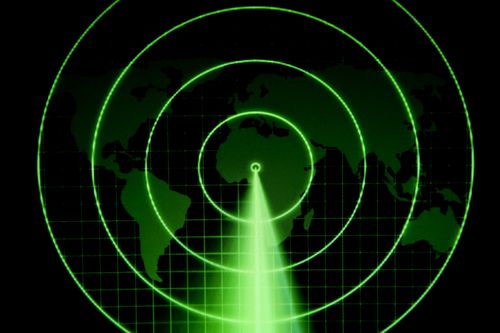
A vast network of sensors designed to detect a rogue nuclear test — like the one North Korea initiated on Tuesday (Feb. 12) — could be repurposed to monitor everything from tsunamis to pollution, scientists argue.
Both weapons sensing and environmental monitoring are "two sides of the same coin," said Raymond Jeanloz, an earth scientist at the University of California, Berkeley. "They are the same desire to monitor what's going on in the environment around us," said Jeanloz, who co-authored a paper on the topic published today (Feb. 14) in the journal Science.
Cold War relic
More than 254 sensor facilities are currently operated by the international monitoring system as part of the Comprehensive Nuclear-Test-Ban Treaty, which 182 countries have signed.
When the Limited Nuclear Test Ban Treaty was signed in 1963, the Cold War was still in full force. But now that the Cold War has ended and nuclear tests are rare, it may make sense to repurpose some of these sensors, Jeanloz said.
Multipurpose sensors
For instance, the international monitoring system for nuclear tests uses seismic and water-based acoustic sensors, which measure sound waves that ripple through the ground after a nuclear explosion. But those same sensors could have been used to detect the devastating 2004 Indian Ocean tsunami that killed more than 230,000 people, the authors write.
Sign up for the Live Science daily newsletter now
Get the world’s most fascinating discoveries delivered straight to your inbox.
Radionuclide detectors attached to airborne satellites can sense radioactive particles spewed out by nuclear tests. These detectors were used to track the plume of radioactive material after the Fukushima Daiichi nuclear disaster in 2011. And the Open Skies Treaty allows 34 member states to fly aerial surveillance over their territories to gather military information, but with a few retrofits of archaic sensors, the same planes could monitor air pollution or the spread of microorganisms (like those that cause diseases) across the globe. [The 10 Greatest Explosions Ever]
In addition, hundreds of scientists interpret the data from these sensors, and their expertise could be harnessed for other types of environmental monitoring.
The Comprehensive Test-Ban-Treaty Organization has already agreed to use some of their seismic sensors for tsunami detection and no member objected when the organization used the sensors for the Fukushima nuclear accident, said Annika Thunborg, a spokesperson for the organization. But broadening the use of these sensors for environmental monitoring could run into challenges; the political framework for their operation is centered on nuclear weapons testing or military surveillance, and each country interprets those rules differently.
Bigger opportunities
In their paper, Jeanloz and his colleagues focus on increasing the scientific community's use of such sensor data, but it could have even broader use as a way to bypass government control of environmental data, said Christopher Stubbs, an experimental physicist at Harvard University who has written about more extensive use of such sensors.
For instance, closed-government countries may not want their carbon dioxide emissions tracked, but citizen scientists could agree to receive carbon dioxide (CO2) sensors and then submit their data to a global repository, creating an unprecedented picture of global greenhouse gas levels.
"Suddenly we find ourselves with 500,000 CO2 sensors distributed around the world without any government intervention whatsoever," Stubbs told LiveScience.
Follow LiveScience on Twitter @livescience. We're also on Facebook & Google+.

Tia is the managing editor and was previously a senior writer for Live Science. Her work has appeared in Scientific American, Wired.com and other outlets. She holds a master's degree in bioengineering from the University of Washington, a graduate certificate in science writing from UC Santa Cruz and a bachelor's degree in mechanical engineering from the University of Texas at Austin. Tia was part of a team at the Milwaukee Journal Sentinel that published the Empty Cradles series on preterm births, which won multiple awards, including the 2012 Casey Medal for Meritorious Journalism.










